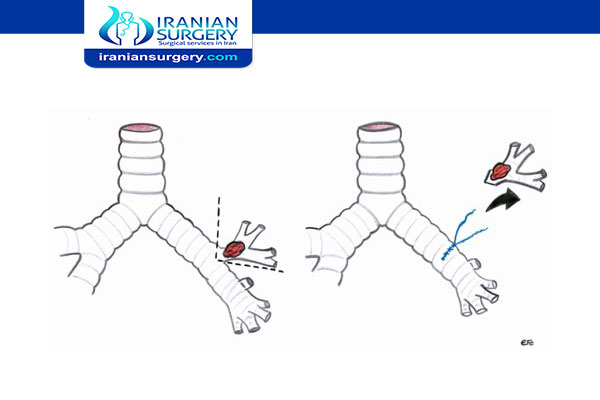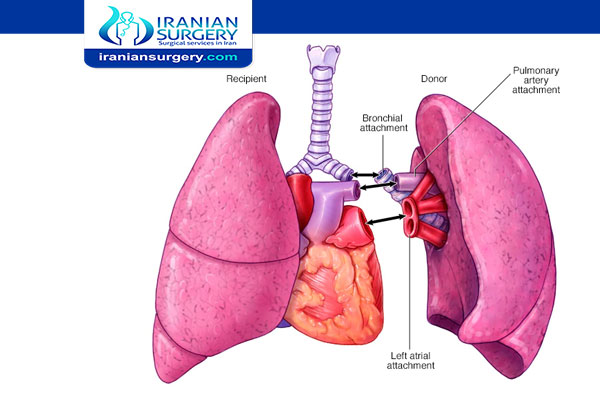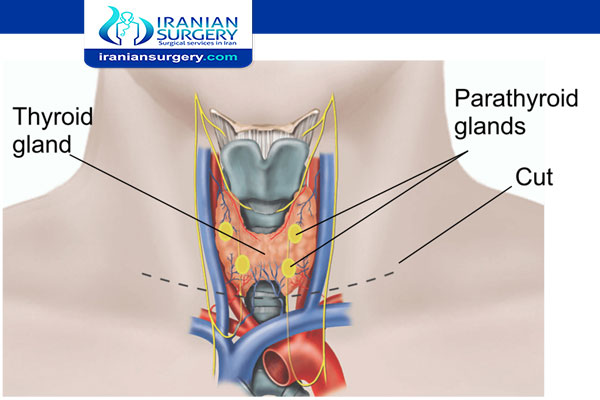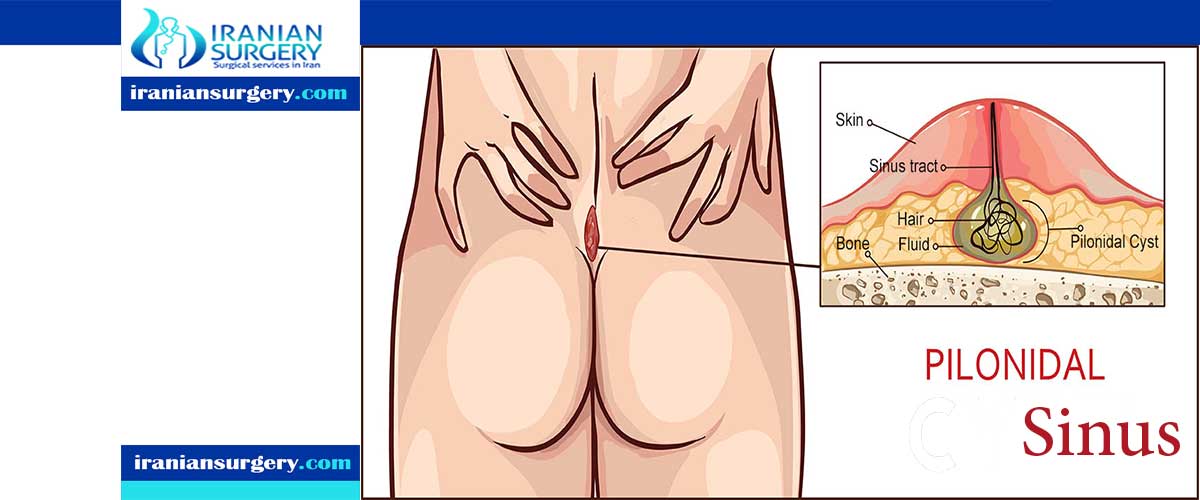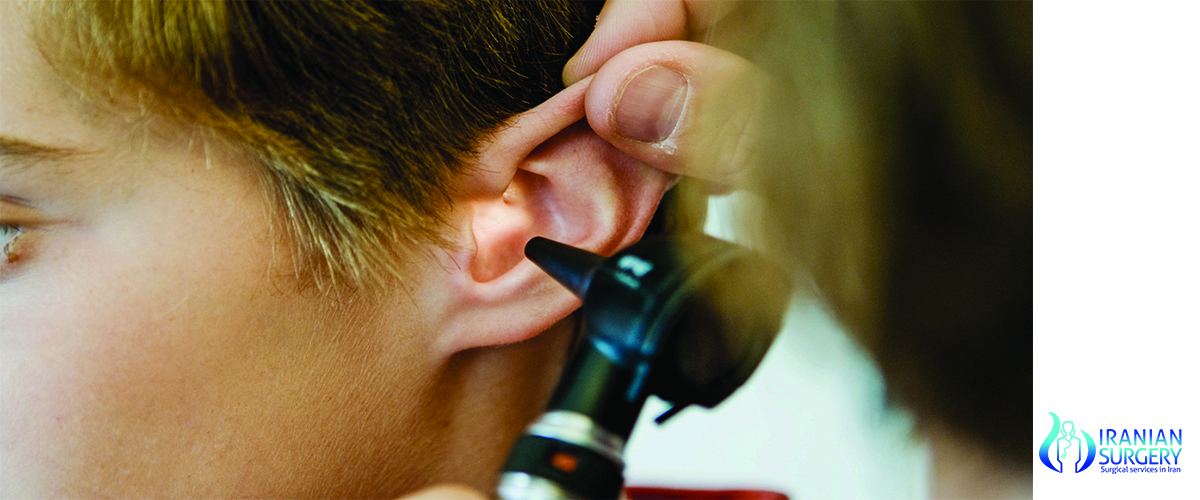March 25, 2019
Direct Arthroscopic Distal Clavicle Resection Abstract Degenerative change involving the acromioclavicular (AC) is frequently seen as part of a normal aging process. Occasionally, this results in […]
August 25, 2019
Canthoplasty, also known as cat-eye surgery has recently become one of the most popular beauty trends in recent years. The surgery involves lifting, tightening and repositioning […]


